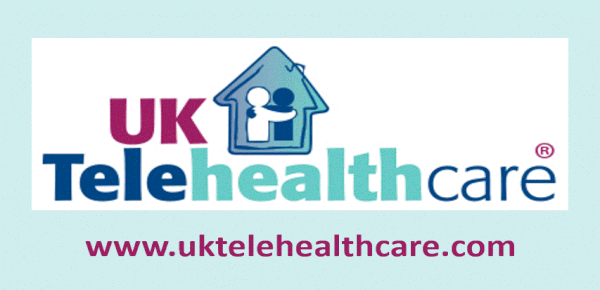[grow_thumb image=”https://telecareaware.com/wp-content/uploads/2017/12/MedMo-header-crop.png” thumb_width=”150″ /]MedStartr Momentum‘s conference last week was extremely well attended, with 260 registrations over the two days at PricewaterhouseCooper’s NYC HQ. It jumped! (Disclaimers: your Editor is one of the hosts and co-organizers; TTA is a media partner) #MedMo17 had about 50-60 total speakers, presenters, and panelists in fast-moving sessions, most 10-15 minutes, with panels clocking under one hour.
What’s always unusual about MedStartr conferences is the mix of topics and people, and not just from NY. There were startups just getting going, successful startups sharing their stories, patient advocates, providers, and investors sharing what they want to see (and not see) before they fund. There was Deborah Estrin from Cornell Tech describing how they nurture graduate student tech entrepreneurs and Maria Gotsch from the Partnership Fund for NYC discussing how they accelerate, partner, pilot, and fund companies coming to market. One sponsor was nearby Newark NJIT’s NJ Innovation Institute–and one of the presenting companies was Uniphy Health (formerly PracticeUnite) that they’ve worked with and helped make successful over five years. Who would have expected a wild discussion about blockchain? Well, here, hosted by media personality/entrepreneur Ben Chodor (HealthTechTalk Live) with panelists ranging from a digital asset hedge fund founder to a patient advocate. For two panels, questions came from ‘the field’ via a Reddit ‘Ask Me Anything’.
Notably, Bayer G4A Generator, coordinated in the US by Aline Noizet, came on board as a sponsor. They came to the right place as they are seeking early-stage companies for Bayer Grants4Apps. In the US, they are seeking new companies developing self-care products: nutritionals/wellness, therapeutics (pain management, seasonal health), personal care (skin, sun, footcare), and self-care in general. Bayer also runs similar programs in Berlin (Accelerator and Dealmaker), Barcelona, Tokyo, Moscow, Singapore, Shanghai, and Italy.
Of the 18 Grand Challenge finalists competing for financing and guidance, the winners were: Population Health–Valisure (online pharmacy pre-screening meds); Wearables/Medical Devices–Alertgy (non-intrusive continuous blood glucose monitoring); Clinical Innovations–eCaring (at-home senior care monitoring), and in Killer Apps, a product that actually kills bad bacteria on the skin–Xycrobe (good recombinant bacteria for dermatological use). Special awards were given to Check with Ellie (breastfeeding questions answered, Momentum Award for growth) and MedAux (patient ed and HIPAA compliant messaging–Crowd Choice Award).
The full conference (Thursday and Friday) is up on video at Medstartr.tv. And in 2018, it will be 29-30 November, so put it in your calendar. Kudos to the MedStartr team, especially Alex Fair. Hat tip also to the NOLA (New Orleans) Health Innovation Challenge






Most Recent Comments